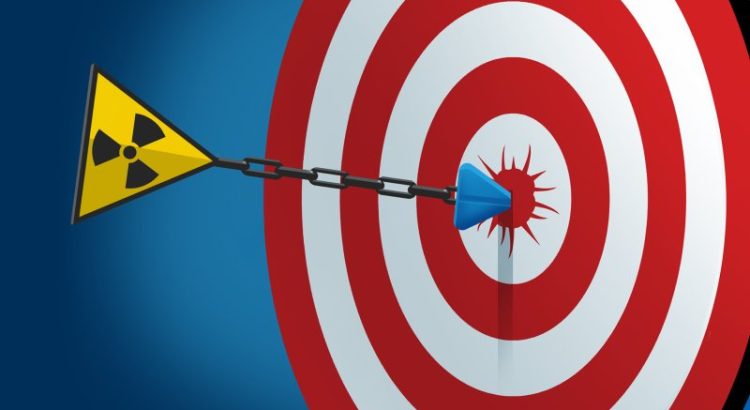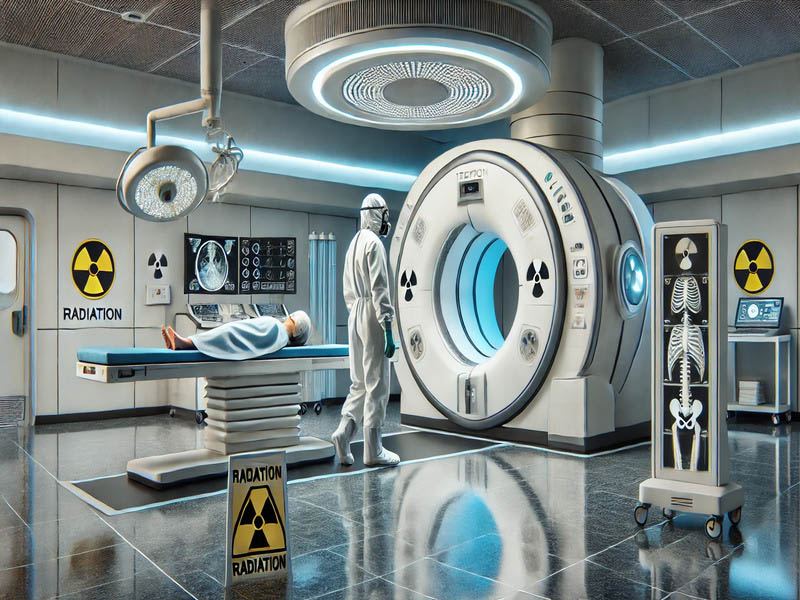ABGX – Radiation myths often sparks public fear, especially when linked to technology, health, or disasters. But many concerns are rooted in outdated or exaggerated information. From cell phones to airport scanners and microwave ovens, myths about radiation persist in daily conversations. Scientists and medical professionals are working to clarify the difference between harmful radiation and everyday exposure that’s perfectly safe. Understanding radiation through science, not fear, helps people make smarter, calmer choices.
“Read More: Xiaomi Releases Redmi G27Q 240Hz, Cheap Gaming Monitor with High Specs”
Natural background radiation surrounds us every single day
Most people don’t realize they are exposed to radiation naturally. The ground, air, food, and even our own bodies emit small levels of radiation. This is called background radiation. It comes from elements like uranium in soil or cosmic rays from space. These levels are low and not dangerous. Everyone on Earth lives with it daily, and our bodies have adapted to it. Knowing this helps shift radiation from a scary concept to a natural phenomenon.
Cell phone radiation is non-ionizing and not cancer-causing
A common myth is that mobile phones cause brain cancer due to radiation. But the type of radiation they emit is non-ionizing. That means it doesn’t damage DNA or cause cellular mutations. Research from major health organizations shows no consistent link between phone use and cancer. While it’s still smart to limit long calls or keep your phone away from your head during sleep, the fear of cancer from phones is scientifically unsupported.
“Read About: Radiation Safety: Advanced Protection in Healthcare Systems”
Microwave ovens do not leak harmful radiation into food
Another persistent myth is that microwaving food makes it “radioactive.” This is false. Microwaves use non-ionizing radiation to vibrate water molecules, heating food without altering its chemistry. The radiation stays inside the appliance, thanks to metal shielding and door locks. Once the microwave stops, so does the radiation. Eating microwaved food doesn’t expose you to any residual rays or increase health risks. It’s a safe and efficient cooking method.
Medical imaging involves controlled doses with high safety standards
X-rays, CT scans, and PET scans do involve ionizing radiation. However, the doses are extremely small and carefully managed. Doctors weigh the benefits of diagnosis against any minor risk. Imaging helps detect serious issues like tumors or fractures early, saving lives. Equipment is calibrated for minimal exposure, and protective gear is used when needed. Fears around medical radiation often ignore the life-saving precision it enables.
Airport body scanners operate below health risk thresholds
Modern airports use low-level millimeter wave scanners or backscatter X-rays. These devices are designed with strict international safety guidelines. The exposure from one scan is equal to just a few minutes of natural background radiation. It’s less than what passengers receive during the flight itself, which involves higher cosmic exposure. The security benefits far outweigh the negligible radiation dose from the scanner.
Nuclear energy plants have extensive radiation protections in place
Nuclear power often triggers public anxiety due to historical accidents. But today’s nuclear plants have multiple safety layers to prevent radiation leaks. From reinforced containment structures to automatic shutdown systems, the technology has evolved significantly. Radiation levels outside a functioning plant are nearly the same as in a typical city. Workers follow strict monitoring protocols, and emissions are kept far below safety limits.
Radiation therapy targets only affected cancer cells precisely
In cancer treatment, radiation is used to destroy tumors. Some worry it harms healthy cells too, but modern techniques are highly focused. Machines aim radiation at exact tumor locations while avoiding surrounding tissue. Dosage is calculated based on tumor size, location, and type. The treatment is backed by decades of clinical research. Radiation is not a blunt tool—it’s a precision instrument when used correctly in medicine.
Ultraviolet rays from the sun are a true radiation hazard
Unlike myths, one real radiation risk is sunlight. Ultraviolet (UV) radiation is ionizing and damages skin cells over time. It’s linked to skin cancer, premature aging, and eye problems. That’s why sunscreen, sunglasses, and shade are essential. People often fear radiation from electronics but forget the sun delivers far more damaging rays. It’s an example of how the most common sources are sometimes the most harmful if ignored.
Smoke detectors use safe amounts of radioactive material
Many homes have smoke detectors containing americium-241, a radioactive substance. However, it’s sealed and emits extremely low levels of radiation. It poses no risk to health under normal use. The radiation allows the detector to sense smoke particles in the air. If removed or damaged, the material should be handled properly—but under typical conditions, it’s completely safe. It’s a practical example of radiation helping protect lives.
Education and transparency reduce radiation-related panic
Misinformation spreads faster than facts, especially online. That’s why scientists emphasize public education. Museums, school curricula, and media campaigns are starting to explain radiation in clearer terms. Transparency from government and energy providers also builds trust. When people understand the types, sources, and risks of radiation, fear gives way to informed caution. Knowledge becomes the best protection against both harm and hysteria.



